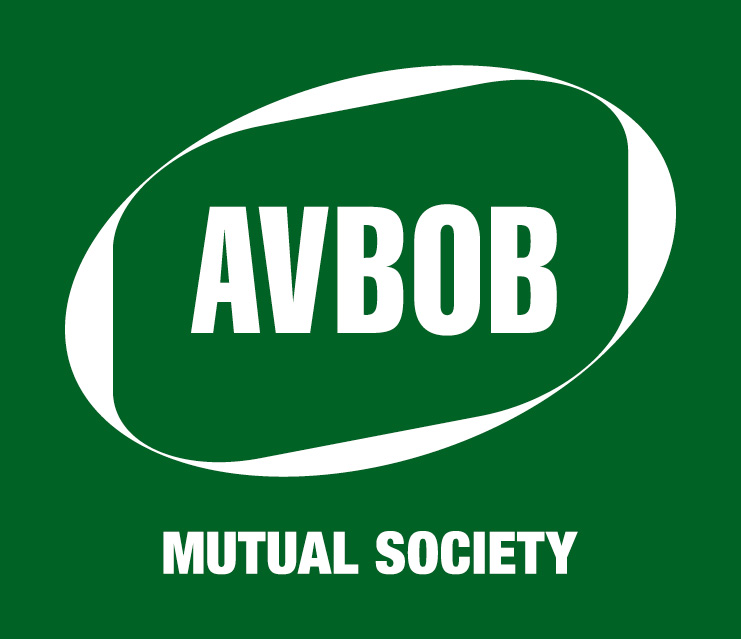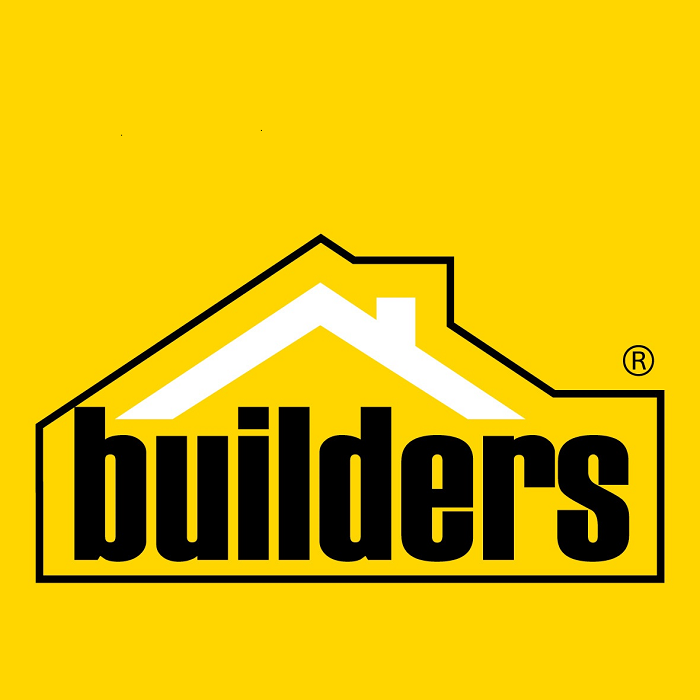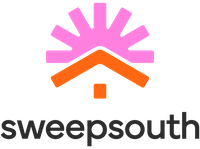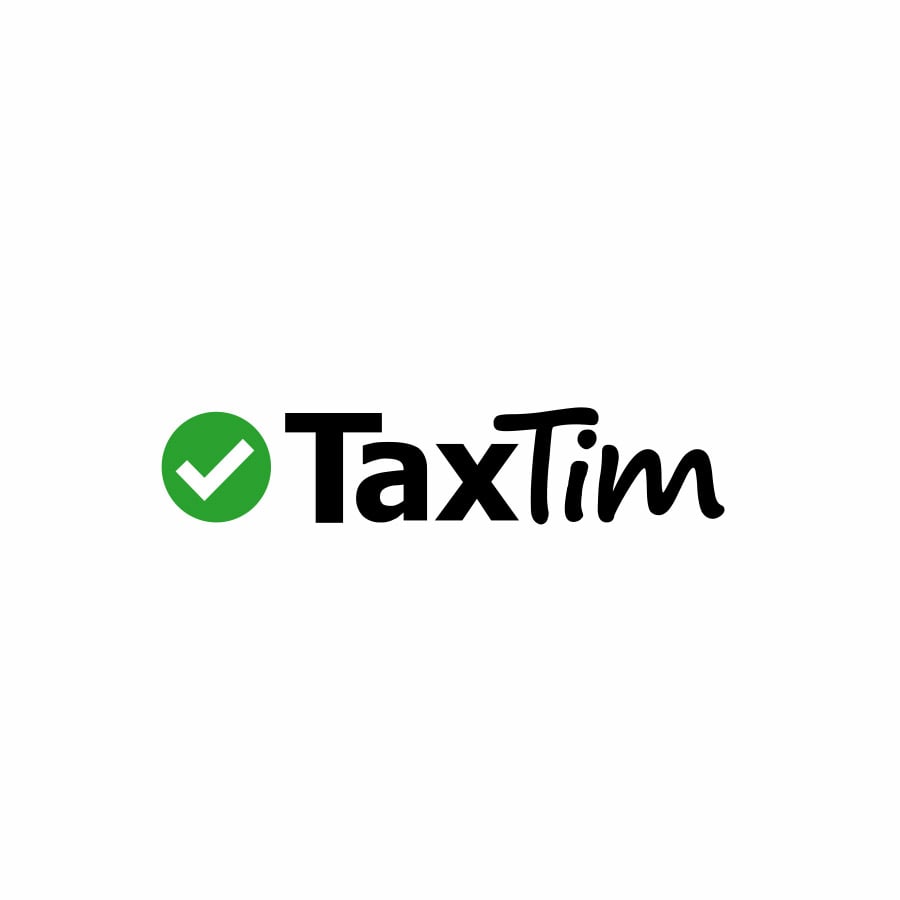Learn how to effectively manage your business’s finances
You cannot expect business survival and growth without effective financial management. It’s not easy. It involves planning, organising, controlling, and monitoring your financial resources in order to achieve your business objectives. Good financial management will help your business to make effective use of resources, fulfil commitments to your stakeholders, gain competitive advantages and prepare for long- term financial stability. Always remember:
1. Your most valuable business resource is money
Managing your money is a skill you should develop before you start anything. If you lack this skill, you’ll have a short career as an entrepreneur.
2. Business owners must know how to work within a budget
A budget is the only way to manage your expenses and ensure that you are using your precious cash to its best advantage.
3. Do everything in your power to avoid spending money unnecessarily
Never compromise providing great value to your customers but only spend money on the absolute essentials when you need them. If you don’t need it, but rather want it, it will have to wait.
It is critical to work out exactly how much money it will take to launch your business. The initial investment can be significant. If you don’t keep a handle on it you could end up with crushing debt that will sink your business before you start to make good money. Not only will understanding your expenses help you launch successfully, but investors will be extremely interested in these figures as they form the basis of your funding requirements. There are four steps to your start-up budget:
1. List your one-time start-up costs
These are the one-time costs you incur before launching your business, such as:
- Equipment and supplies
- Inventory (if you are in the retail business)
- Signage
- Launch-related advertising and promotion
- Website development
- Licences and permits
- Rent deposit and contract fees, etc.
2. Determine your fixed costs
Your fixed costs are also known as overhead costs. These are business expenses that largely remain the same each month. Such as;
- Rent or bond payment
- Wages
- Insurance
- Website hosting
- Internet and phone
- Professional services, such as a bookkeeper
- Bank fees
- Electricity, water, etc
- Business vehicle payments and expenses, etc.
3. Estimate your variable costs
Variable costs are recurring costs that are directly related to your sales. If you’re selling more products, your variable costs will go up and if your sales go down, so will your variable costs. Thus, they don’t typically have a set monthly cost. For example:
- Raw materials
- Shipping
- Packaging
- Fuel and transportation, etc.
4. Add up and adjust
Once you know your total costs you can comb through them and see where you can cut back and save. If you are pursuing funding (or even if you’re not), it is vital that you cut back as much as possible.
You simply must know your break-even point. Your break-even point is the point where your total sales equal your total expenses. This means that you’re bringing in the same amount of money you need to cover all of your expenses and run your business. At this point there is no profit or loss – in other words, you 'break even'. If your revenue is above the point, you have a profit.
Here is a very basic example just to give you the idea of the formula. Let’s say you’re starting a small home-based cake-baking service and selling amazing cakes:
- You have R2 400 per month of fixed costs
- Your variable costs for each cake are R100 for all the raw materials such as flour, sugar, eggs, icing, electricity for baking, etc.
- You’d like to charge R400 per cake since that’s the going rate in the area for home-made cakes
This is the formula for calculating you break-even point:
Break-even = fixed costs ÷ (price – variable cost)
Here it is in two easy steps:
1. Price minus the variable costs:
R400 – R100 = R300
2. Fixed costs divided by that total:
R2 400 ÷ R300 = 8
You need to sell 8 cakes to break even. You only begin to make a profit when you sell cake number 9. As you can see without this information, being profitable is pretty much up to chance.
Running your own business is challenging at the best of times and it gets a whole lot more challenging if you are constantly worrying about if you can afford to pay your domestic bills.
Not only is a lack of money one of the biggest stresses that affects your health, your happiness, and your family, but the need for immediate income can also lead to making the wrong business decisions. You can take a lot of pressure off yourself if you work out exactly how much you need to get you through the start-up and/or tough times.
This can be scary! But being in control of your finances makes you far more likely to succeed than burying your head in the sand. Take a deep breath and dive in. Create your “Personal Survival Budget” and include only necessary expense (no nice-to-haves). Attach it to your Business Plan.
Cash flow is the movement of money in and out of your business. When you have positive cash flow, you have more cash coming into your business than you have going out – so you can pay your bills. When you have negative cash flow, you can’t afford to make those payments and your business cannot survive. When businesses fail for financial reasons, poor cash flow is to blame 80% of the time.
Here are 10 excellent tips to help you manage your cash:
1. Open a business bank account
You simply cannot run your business and your personal life from the same bank account. If you use the same account for business and personal expenses you’ll end up in a financial mess. Pay yourself from your business account.
2. Keep your books accurate and up-to-date
Your cash flow is only as good as your bookkeeping and record-keeping. Don't let this get into a mess. Ever.
3. Assign someone to monitor your cash flow
Get someone you trust to help monitor and keep an eye on your cash flow for you by making sure that you’re always up-to-date with the numbers and that they are 100% correct.
4. Always maintain an emergency fund
Every business should expect shortfalls. They happen to everyone, even with the best plans in place. Your survival will depend on if you have funds put aside to cover those shortfalls. Don’t dip into your emergency fund for anything but a genuine shortfall emergency.
5. Keep your spending priorities straight
Prioritising spending is crucial. Knowing what’s necessary vs. what’s nice to have can make the difference between success and going bust.
6. Speed up your invoices
Invoice immediately. Make your invoices “due immediately”. Chase them up if they are late.
7. Take 50% deposits on large orders
A deposit reduces the likelihood of a total financial loss if the customer cancels.
8.Be proactive
At the first sign of a problem, take action to rectify it. Don’t wait. Problems grow. The bigger the problem, the more difficult it is to resolve.
9. Constantly look for ways to cut costs
Figuring out ways to cut costs is good practice for every business. When cash is regularly coming into your business, you might not think about cost-cutting. But keeping on top of your expenses is the best way of managing cash flow.
10. Reassess, review and be realistic
Regularly “checking under the bonnet” to see how the numbers behind your business look is one of the best habits for any small business owner. By taking an honest look at your business on a regular basis you will stay aware of what’s coming in and going out.
Here are the steps to create a cash flow statement for each month:
1. Start with the Opening Cash Balance (For the first month, start with the total amount of cash your business has in its bank account)
2. Calculate the Cash Coming In (Sources of cash)
3. Determine the Cash Going Out (Uses of cash)
4. Subtract the Cash Going Out (Step 3) from your Cash Balance (total of Steps 1 and 2).
Create your Cash Flow Statement and attach it to your Business Plan
Sales forecasting is the process of estimating the future sales of your business. It is a vital document as it is the foundation of your business’s financial success. As a start-up business, you do not have past results to review, which can make forecasting sales difficult. However, if you have a good understanding of the market you are entering and industry trends as a whole, you can draw up one up. In fact, sales forecasts based on a solid understanding of industry and market trends will show potential investors that you've done your homework and your forecast is more than just guesswork.
Your 12-month forecast should be broken down by monthly sales and here are the general steps you’ll need to take to create your sales forecast:
- List the products and services you sell
- Estimate how much of each you expect to sell
- Define the unit price or rand value of each product or service sold
- Multiply the number sold by the price
- Determine how much it will cost to produce and sell each good or service
- Multiply this cost by the estimated sales volume
- Subtract the total cost from the total sales
Remember to include your Sales Forecast in your Business Plan.
The most important financial statement any business needs is a profit and loss statement. This statement shows the revenues and expenses of the business, and resulting profit or loss, over a specific time period (a month, a quarter, or a year). By subtracting expenses from revenues, it gives a clear picture of whether your business is profitable, or making a loss.
Use the numbers that you put in your sales forecast, expenses projections, and cash flow statement to draw up a 12-month statement: Sales, less the cost of sales, is gross margin. Gross margin, less expenses, interest, and taxes, is net profit (or loss).
Draw up your Profit and Loss Statement and attach it to your Business Plan.
Remember to draw up your Balance Sheet and attach it to your Business Plan.
Being disorganised and putting off paperwork just isn’t an option. Losing control of finances and running out of money are leading causes of business failures. Luckily, a bookkeeping system doesn’t have to be complicated.
1. Organise your bookkeeping system
You can keep your books manually – writing it all down by hand. Or you can use an accounting software. Today’s software applications are designed to make the bookkeeping process easy. This really is the way to go.
2. What you need to record
a. Expenses
Record every single cent you pay out. This includes your start-up costs. Keep every receipt and invoice.
b. Income
Make sure you record your income accurately and on time so that you know where your business stands at all times.
c. Payroll
If you have employees, you need to keep this up-to-date.
d. Track your inventory
If you have inventory, it needs to be carefully tracked and accounted for (whether it’s sitting at the back or still on a shelf). The numbers you have in your books should match by doing physical counts of the inventory on hand. If not, check into irregularities such as shoplifting, stealing, etc.
3. Organise your paper records
Cluttered paper records are a huge headache. Make sure you have an efficient filing system – and that you file everything at least weekly.
4. Organise your digital records
Digital receipts also need to be neatly organised. There are many apps that make it easier to store receipts digitally.
5. Create an invoice template
Set up your invoice template, whether in your accounting software, by downloading a template online, or designing your own. Include payment terms on each invoice. Strict payment terms help you get paid on time and will improve cash flow.
6. Set up a failsafe back-up system
If you’ve ever had a computer hard drive fail or lost your smartphone, you know how catastrophic it can be and how disruptive to your life. Now, imagine losing all your data for your business. Backup everything regularly.



























